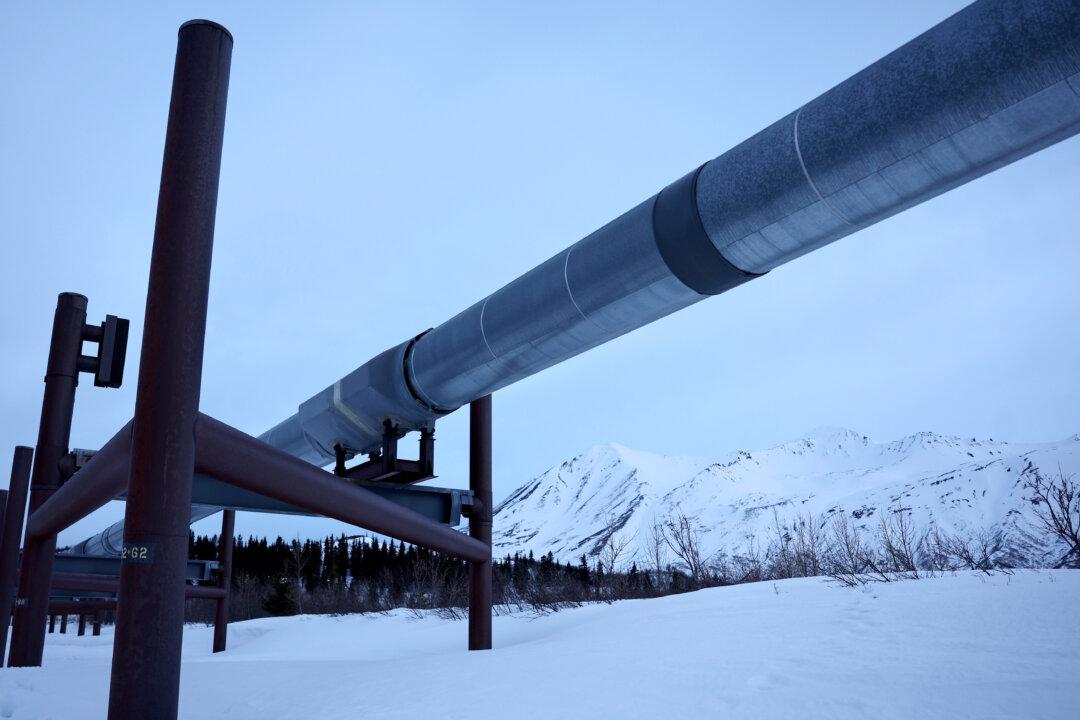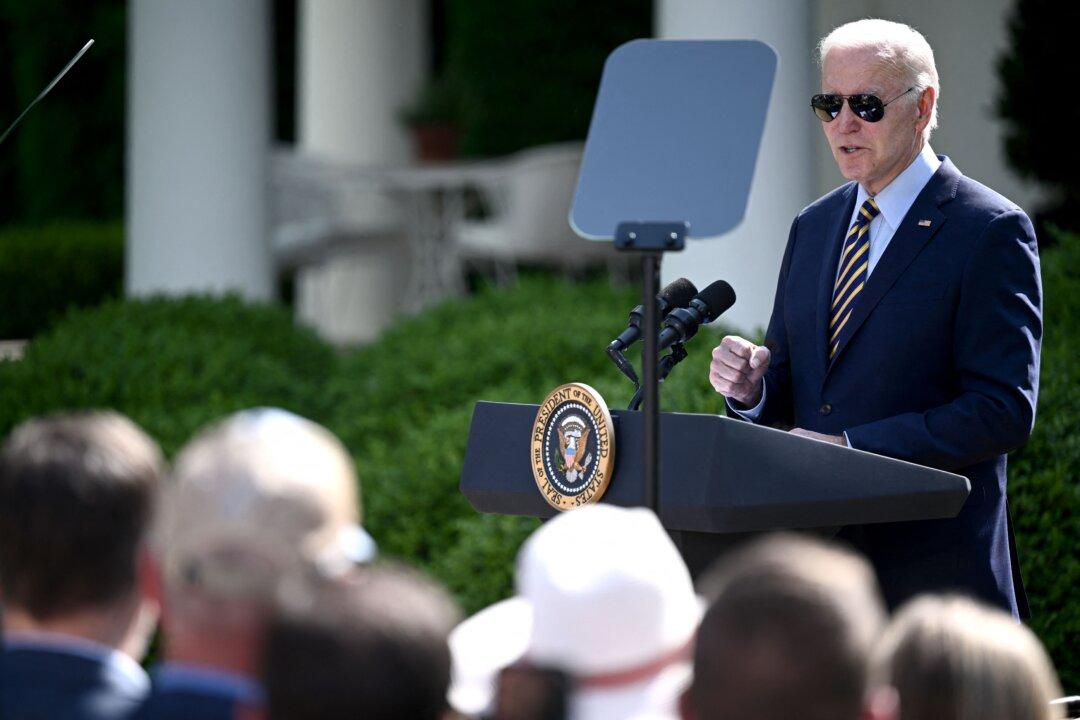Commentary
Earth Day is today, and once again
President Joe Biden put the American people last and environmentalists first with April 19’s actions making swaths of Alaska off-limits to the development of oil, natural gas, and critical minerals.
The United States’ air is getting cleaner every year, and carbon emissions have declined by 1,000 million metric tons over the past 16 years. Even if the United States were to abandon all fossil fuels, global temperatures would decline by only two-tenths of 1 degree Celsius by 2100, according to government models.
Oil prices are more than $80 per barrel, and Americans are frustrated that gasoline prices are rising. Why, then, in an election year, is President Biden’s
Interior Department banning oil development on 13 million acres in Alaska, including 40 percent of the Alaska National Petroleum Reserve?
Oil prices are set by expectations of future production, and President
Biden’s actions are signaling that less oil and gas will be produced on his watch.
John Podesta, White House senior adviser for climate policy,
said in a statement: “Today’s historic actions to protect lands and waters in the western Arctic will ensure continued subsistence use by Alaska Native communities while conserving these special places for future generations. With these new announcements, the Biden-Harris administration has now protected more than 41 million acres of lands and waters.”
Mr. Podesta is a former president of the Center for American Progress (CAP),
which has a goal of “an equitable and just path to a 100 percent clean economy with net-zero climate pollution, protection of 30 percent of lands and waters.” CAP’s donors are undoubtedly praising Mr. Podesta for the White House actions.
This comes at a time when the United States,
Russia, and
China are in a race for valuable deep-sea minerals to power their electric vehicle batteries. The United States has some of the largest offshore Arctic deposits but will cede them to foreign adversaries if U.S. companies are not permitted to mine them.
The Interior Department also
failed to approve the 211-mile Ambler Road project, which would link the Dalton Highway to the Ambler River and open new areas to copper mining and other resource development.
Similarly, President Biden has utilized the Antiquities Act to create five national monuments, collectively spanning
more than 1.5 million acres of federal land. While these proclamations are ostensibly aimed at preserving areas of historical or archaeological importance, they often come at the expense of resource development.
People reliant on logging, mining, and energy extraction have felt the brunt of the damage inflicted by President Biden’s regulations.
President Biden recently designated
nearly 1 million acres of land in Arizona to create the Ancestral Footprints of the Grand Canyon National Monument. Just as Alaska has copper deposits, now off-limits, Arizona has some of the Americas’ richest uranium deposits, making future uranium mining operations impossible.
President Biden’s executive branch overreach makes the United States weaker and more dependent on China for critical minerals. It takes away local communities’ ability to provide economic stability for themselves and the nation.
American oil companies and refineries have watched President Biden take step after step to destroy their industry so as to appease environmentalists, all the while blaming these same producers for fuel shortages and lack of critical minerals.
As well as cutting off supplies of oil, gas, and minerals, President Biden has placed climate czars at the Securities and Exchange Commission and at the Office of the Comptroller of the Currency. These officials discourage companies from investing in pipeline and fossil fuel equipment and banks from lending to companies to provide financing.
At current usage rates, the nation’s recoverable reserves are large enough for at least two centuries of petroleum supply. Moreover, we are always finding more reserves and improving technology to access oil more efficiently.
The U.S. Energy Information Administration sees no prospect of global oil demand decreasing between now and 2050. Ninety percent of Americans’ transportation needs are met with petroleum, and electric vehicle sales are slowing.
Petroleum products
are used for much more than transportation. Oil is used as a feedstock for everything from pharmaceuticals and plastics to clothing. The United States has an abundance of energy and critical minerals, if politicians would just allow access.
President Biden is playing politics with domestic and global energy markets. Average Americans
don’t want to buy costly electric vehicles and are collateral damage, stuck with soaring electricity and fuel costs. It’s no gift for Earth Day.
Views expressed in this article are opinions of the author and do not necessarily reflect the views of The Epoch Times.






